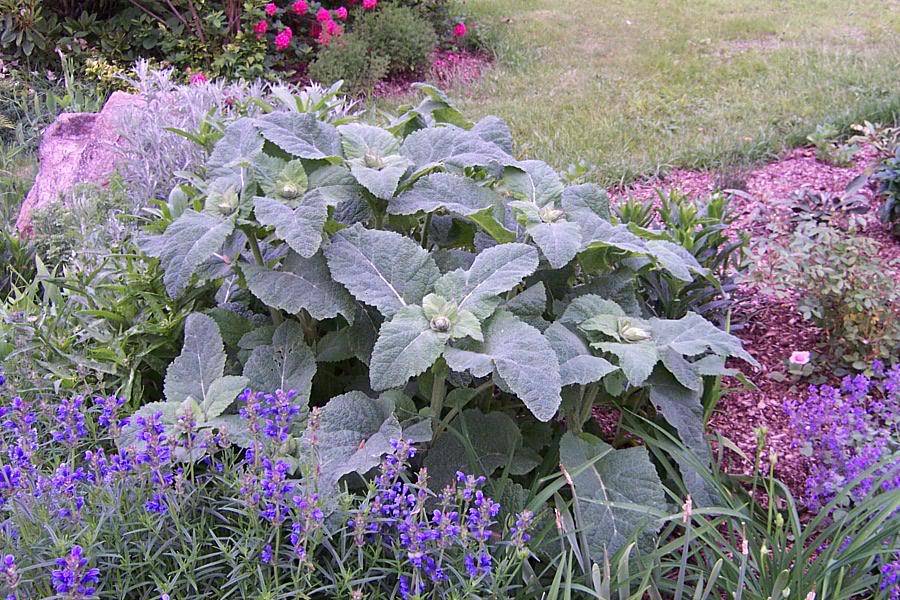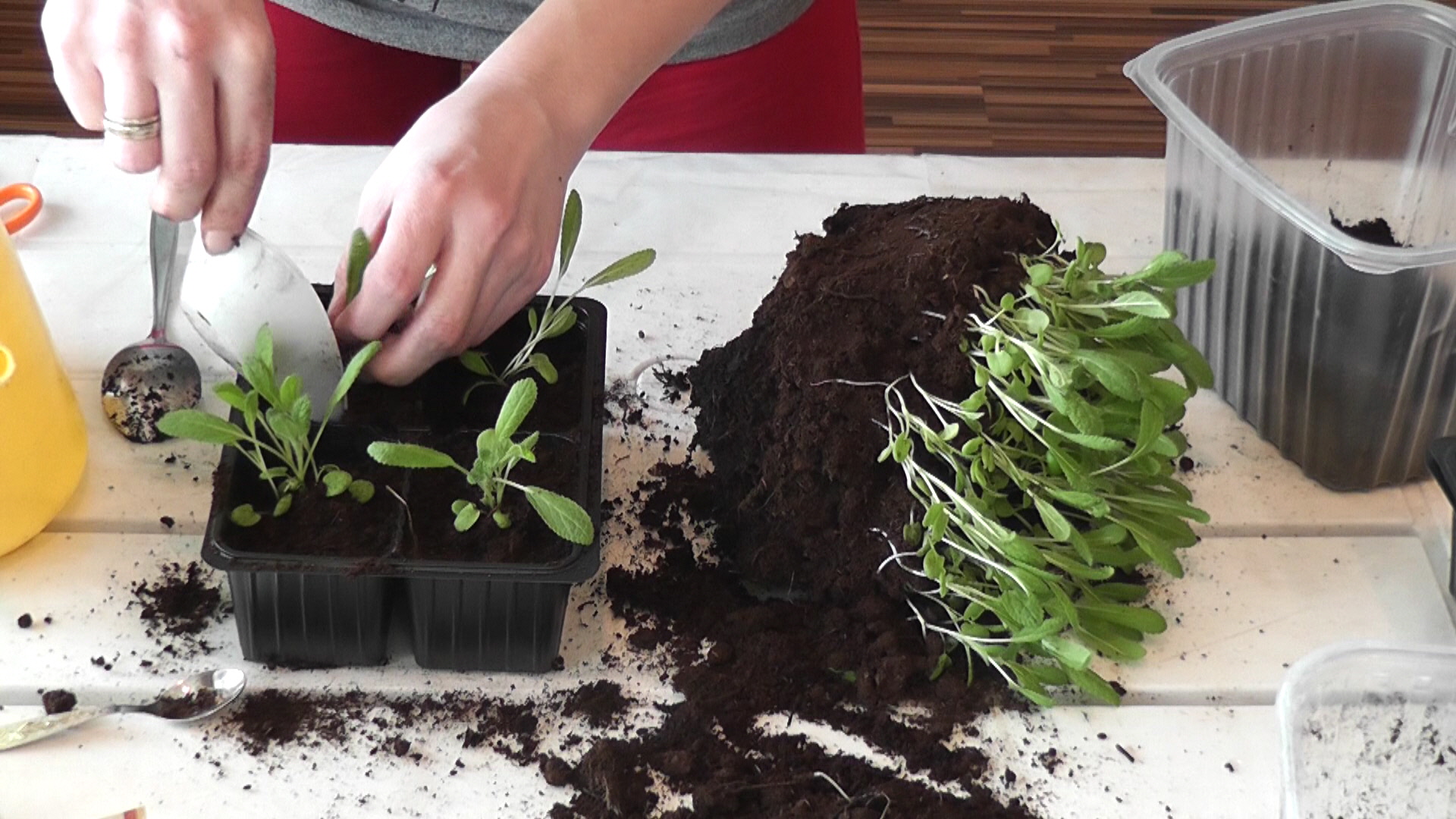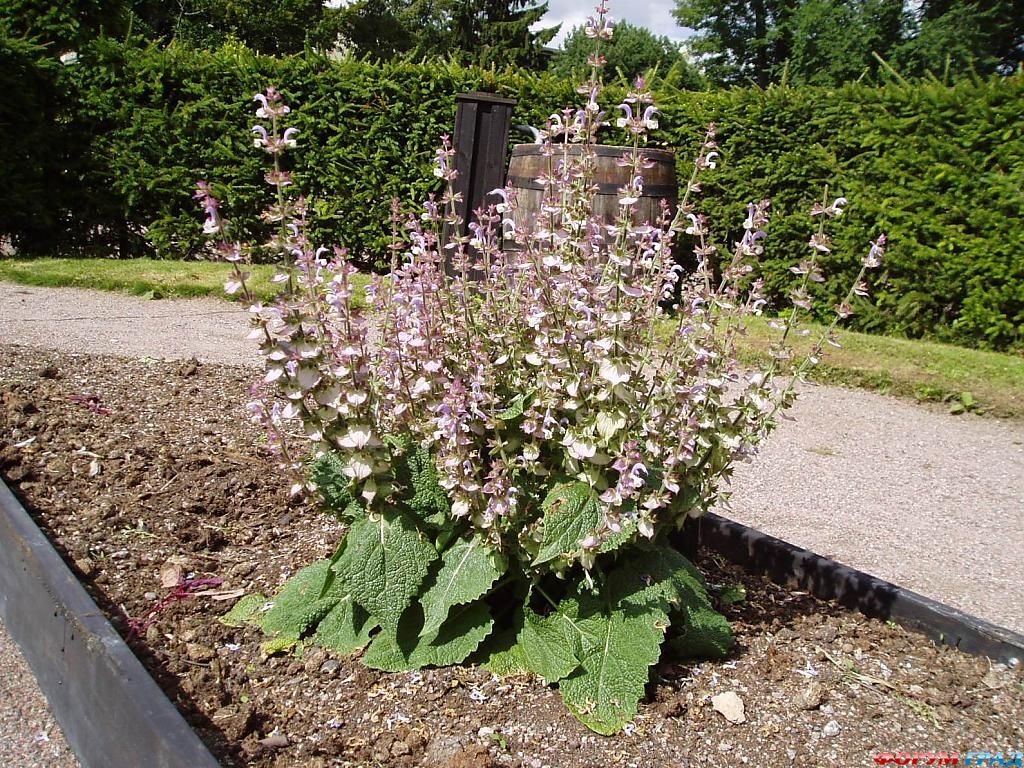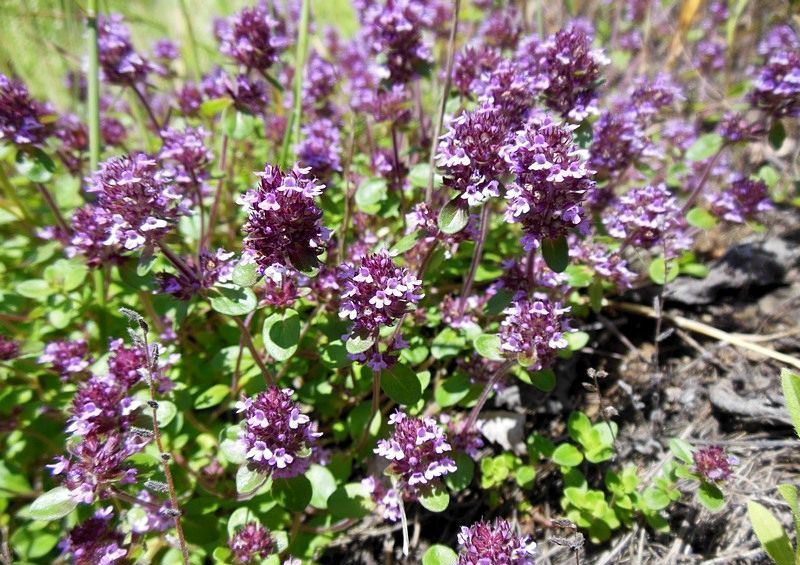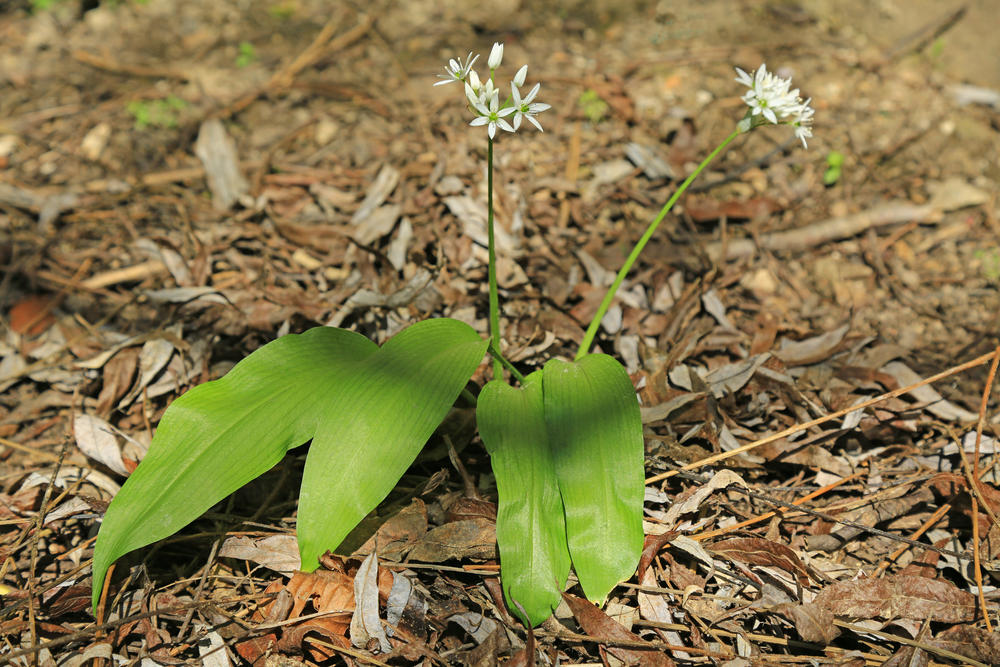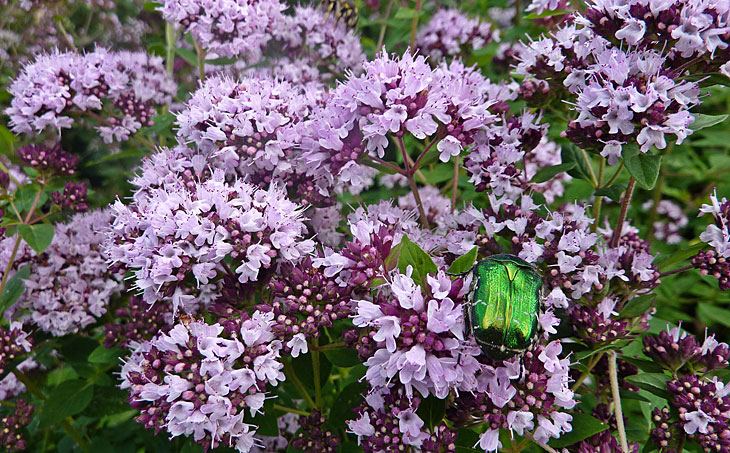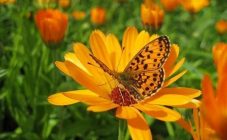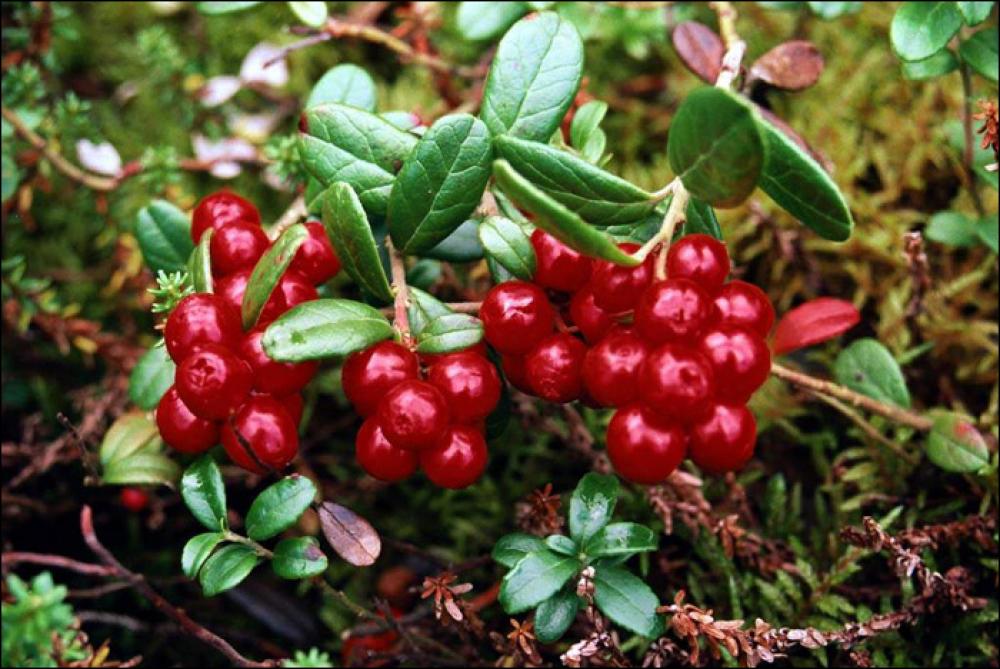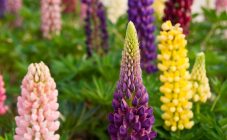Content:
Ornamental sage is a plant with medicinal and ornamental properties. It is not difficult to grow it in a summer cottage, therefore gardeners willingly plant this herb, which pleases the eye with its purple paniculate inflorescences and a pleasant smell. The sage flower in the garden has long ceased to be a rarity.
Sage: characteristics and features of cultivation
Ornamental perennial sage (can be grown as an annual) is considered a rather unpretentious plant. It grows well both in the summer cottage and in natural conditions. In summer cottages, you can plant various varieties of cultivated sage. Many species of this medicinal flower are known. The culture is very popular for its medicinal properties and the spectacular appearance of blue or purple inflorescences. In some varieties of sage, the inflorescences have a pink tint, and there are also varieties with bright red petals. White sage is a rare species.
The Latin name for sage "salvia" is translated as "a flower that brings health." In ancient times, the plant was used to make incense due to its pronounced specific spicy aroma. If you plant sage vegetable, it will be used in the manufacture of spices at home. Sage is a real green pharmacy.
Consider the following when landing:
- This plant loves warmth. It is hardly possible to grow sage in the Urals, in cold winter conditions. And even in relatively favorable conditions of the Russian middle zone, sage does not always grow well. In the southern regions, sage is grown as a perennial plant; in northern climates, it lives for one, maximum two years. However, recently, some varieties have appeared that are suitable for cultivation even in Siberia. It tolerates cold well, for example, lemon sage.
- The acidity of the soil should be medium.
- The soil for cultivation should be light, preferably sandy loam. Perennial sage will not grow on heavy soils.
- Meadow sage likes bright sunshine, moderately moist soil, and moderate watering. The same can be said for the nutmeg look. But clary sage, on the contrary, grows well in the shade.
- Excessive soil moisture leads to deformation of the root system and the subsequent death of the plant. The plant, especially mealy sage, tolerates drought well, worse - rainy and windy weather.
This flower prefers fertile soil rich in nutrients. Timely feeding will help to fill the deficiency of nutrients.
Reproduction of culture
Florists propagate the oak sage and other varieties in various ways. The easiest way to propagate a flower is by cuttings. To do this, cut the partially hardened shoots into cuttings 15 cm long and place them in a container of clean water. Just do not expose a bunch of cuttings to direct sunlight. You can put the workpieces on the window or on the table near the window. The cuttings will soon develop roots. After about 14 days, the cuttings can be safely planted in open ground. Soon they will become a real decoration of the flower garden.
You can also propagate sage by dividing the bush. This is usually done in the last decade of August - early September. The flower has a well-developed rod-shaped root, and usually the division of the bush goes without problems. Next, the cuttings are planted in a pre-selected place. The plant easily tolerates this interference and does not suffer. Oak sage tolerates this procedure best.
Sage can be grown from seeds. This requires:
- Sow seeds purchased or harvested by yourself in containers. This should be done in the last decade of February - the first decade of March.
- After 14 days, seedlings will appear, and after 21 days it is necessary to move the seedlings into pots filled with peat and nutrient mixture.
- Further, the seedlings are planted in open ground.
- In order for plants to adapt faster, they need regular watering, followed by loosening of the soil.
In the southern regions, sowing seeds in open ground occurs in the last decade of April, in the northern regions - in the second decade of May. In any case, you need to do this when the threat of night frosts has passed. In order for the seeds to germinate well, you need to hold them in a solution of a drug that stimulates intensive growth before planting. But this should only be done if the gardener has decided to sow sage in the spring. During the fall sowing campaign, the seeds must be completely dry. Autumn high soil moisture, in combination with wet seeds, can cause plant death. Seeds are sown to a depth of 5 cm, the gap between the two furrows should be at least 15 cm. This method of propagation is more laborious than others.
Seeds can be purchased in specialized stores or prepared independently. Before buying them, you should definitely pay attention to the expiration date: an expired product may have poor germination. Cuttings are also harvested independently or purchased in a nursery. It is advisable to purchase plant varieties that are regionalized for a specific region. Most varieties suitable for cultivation in southern climates have been zoned for the middle lane.
Planting seeds
Difficulties in caring for sage are often caused by improper planting of this crop. If you plant seedlings grown from seeds in the garden, sage will bloom much faster. Conversely, if sage is grown from seed, the flowering process may be delayed for some time. Below are the basic rules for working with the seeds of this crop:
- sage seeds need preliminary germination;
- as soon as they sprouted, you need to transplant the seeds into a lightweight substrate;
- picking is carried out a week after the first shoots appear;
- so that the seeds germinate faster and it is easier to transplant, many summer residents plant seeds immediately in special tablets from a peat mixture;
- planting in open ground should only take place in warm, moderately sunny, but cool and calm weather, without rain. In a rainy, rainy, cloudy time, you should not land, it is better to wait.
It should be borne in mind that the bushes of the plant, as they grow, stretch in width rather than length, so the seedlings need space. The spacing between bushes of seedlings grown from seeds should be at least 70, maximum 90 cm.
If you grow seedlings of several varieties from seeds, you need to plant them in different places on the site, this is the only way to preserve the main features of each variety. This is because the crop requires cross-pollination. In warm regions, sage can grow in the same area for up to 8 years.
Culture care
Salvia is an unpretentious plant, but in cold regions it requires a lot of attention. For example, it is very dangerous to open a sage sheltered for the winter ahead of time. This culture tends to get sick and even die under the influence of adverse environmental influences. Therefore, in the country it is worth carefully observing the growth and development of sage. How to grow sage can be found in the herbal literature. The list of basic care activities includes:
- watering and loosening;
- weeding;
- top dressing;
- preparation of culture for winter.
Young plants are often watered, adults only when the soil looks dry to the touch. If the summer is rainy, you do not need to water this crop at all, as it will get its moisture rate anyway. In order to keep moisture in the soil longer, mulching is used. Soil care consists in loosening and weeding after watering.
The plant is fed in spring. For this, industrial fertilizers, rich in nitrogen, are used. The second top dressing is in the fall, after the bushes have been cut to prepare for winter. At this time, the plant needs substances such as phosphorus and potassium.
When purple sage blooms, the area changes before our eyes. The plant has a long flowering period (under favorable conditions and proper cultivation techniques). Lush and oak sage begins to bloom in the second decade of July, and this period continues until late autumn. The inflorescence has the shape of a panicle (in some varieties - the shape of a spikelet), the flowers have an intense blue or purple color, depending on the variety. If the plant does not bloom or does not bloom well, the cause is most likely due to cold weather and high humidity.
This crop grows well next to other drought tolerant plants. If the plant does not bloom well, peas or beans should be planted nearby. On the roots of these plants there are small nodules that enrich the soil with nitrogen. Nitrogen has a beneficial effect on the development and growth of sage, stimulating its flowering. Potatoes are also planted next to sage, because the Colorado potato beetle, the main pest of potatoes, cannot stand the pungent spicy smell of this medicinal plant.
Some sage varieties are susceptible to diseases and pests, in this case preventive spraying and fumigation will help. If sage grows on the site, you need to take care of it daily.
Wintering plants
If sage grows on the site, planting and care should be complemented by another important event - shelter for the winter. Salvia is a thermophilic culture that needs careful preparation for winter. It should be started in early autumn. For successful wintering you need:
- Prune bushes. When pruning, do not pay attention to the appearance of the bush. Design is of secondary importance in this case. The main purpose of pruning is to make it easier for you to hide for the winter.
- Carry out the last autumn feeding.
- Cover the plants with spruce branches or a special film.
- If little snow falls during the winter, you need to collect snow from the site and pour it onto the covered sage - this will create the effect of additional insulation. If there is a lot of snow, you can skip this.
Planting sage on the site is undoubtedly worth it. This medicinal plant, if used correctly, will help get rid of many diseases, and will also become a worthy decoration of the site.This culture is often used in landscape design, but still its main purpose is to use it in folk medicine. If a lover of ornamental plants decides to plant sage, planting and care in the open field will take a lot of time, but the result will certainly exceed expectations.

